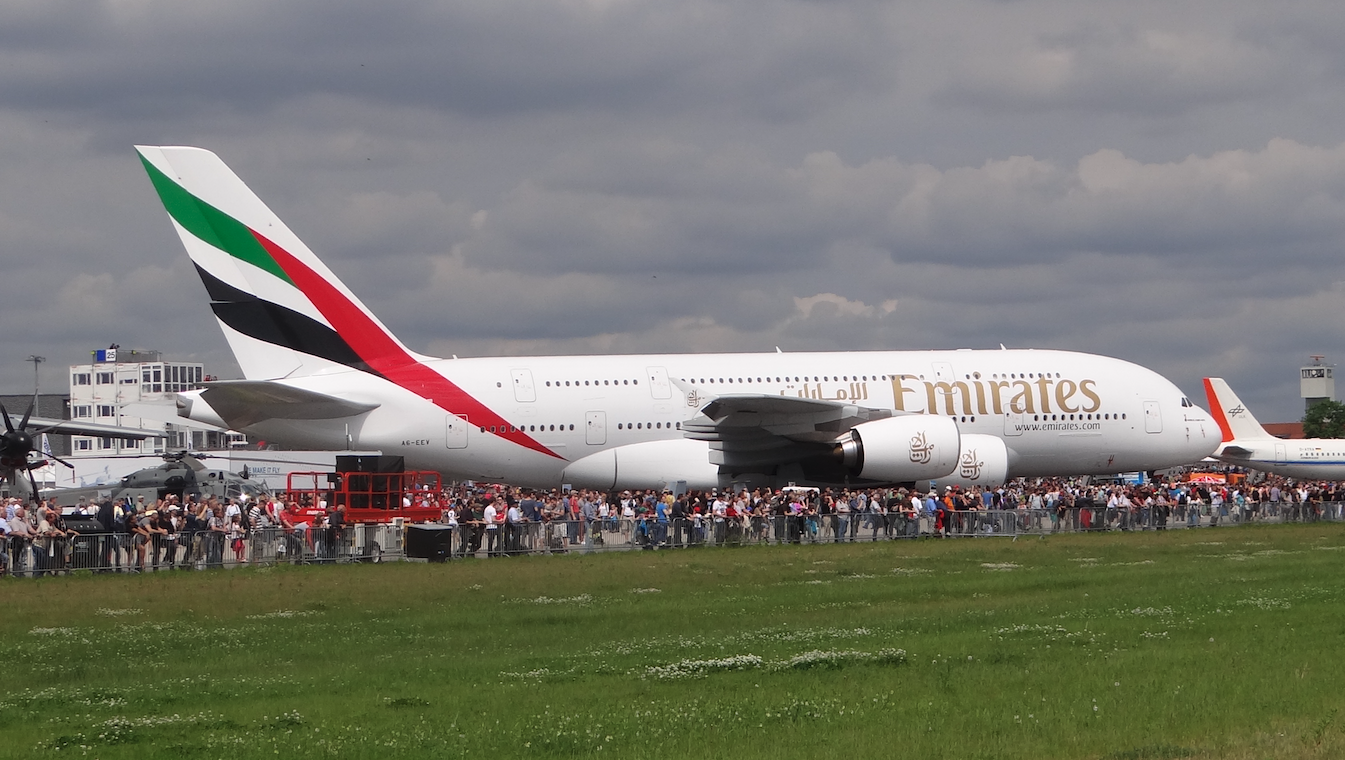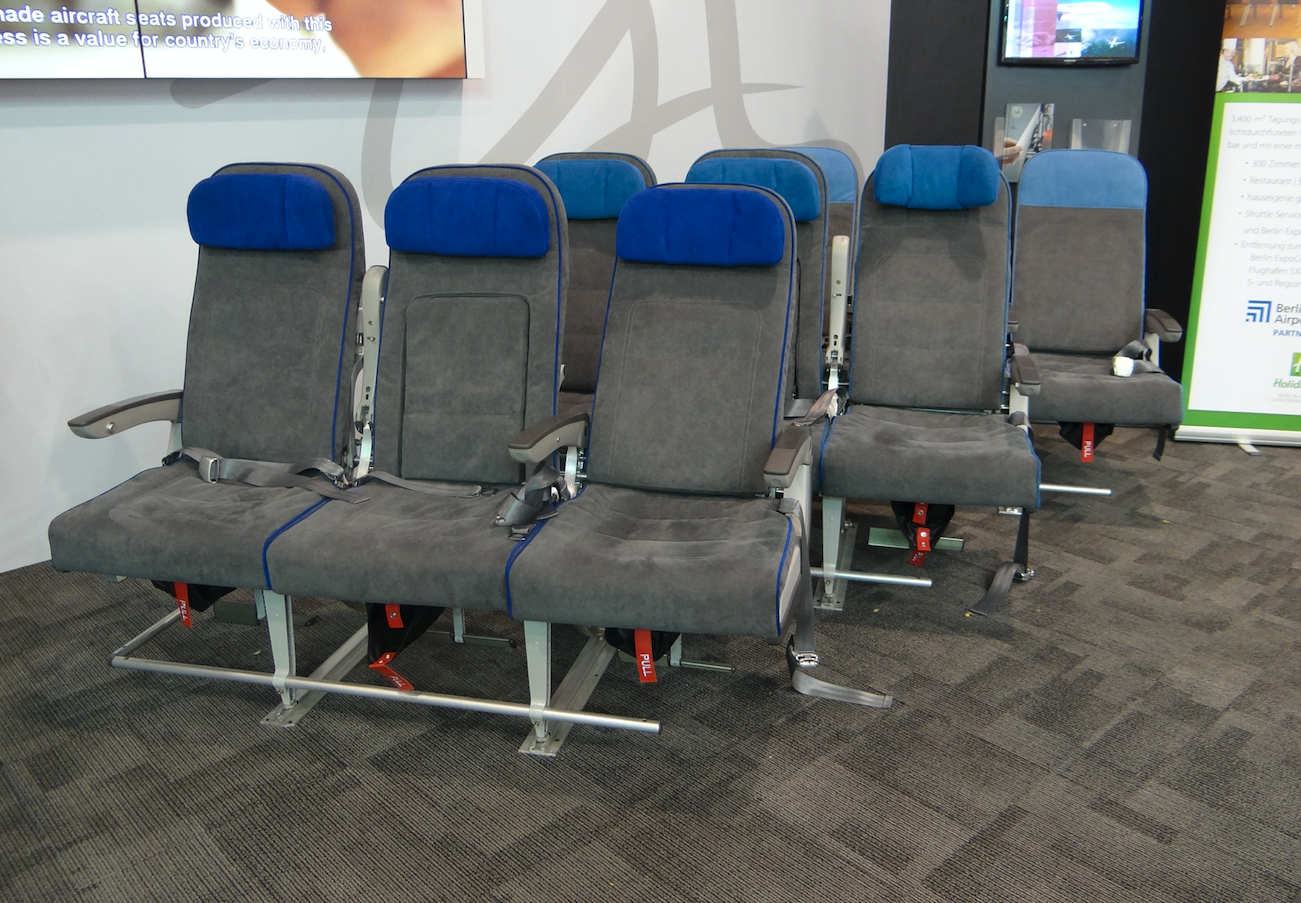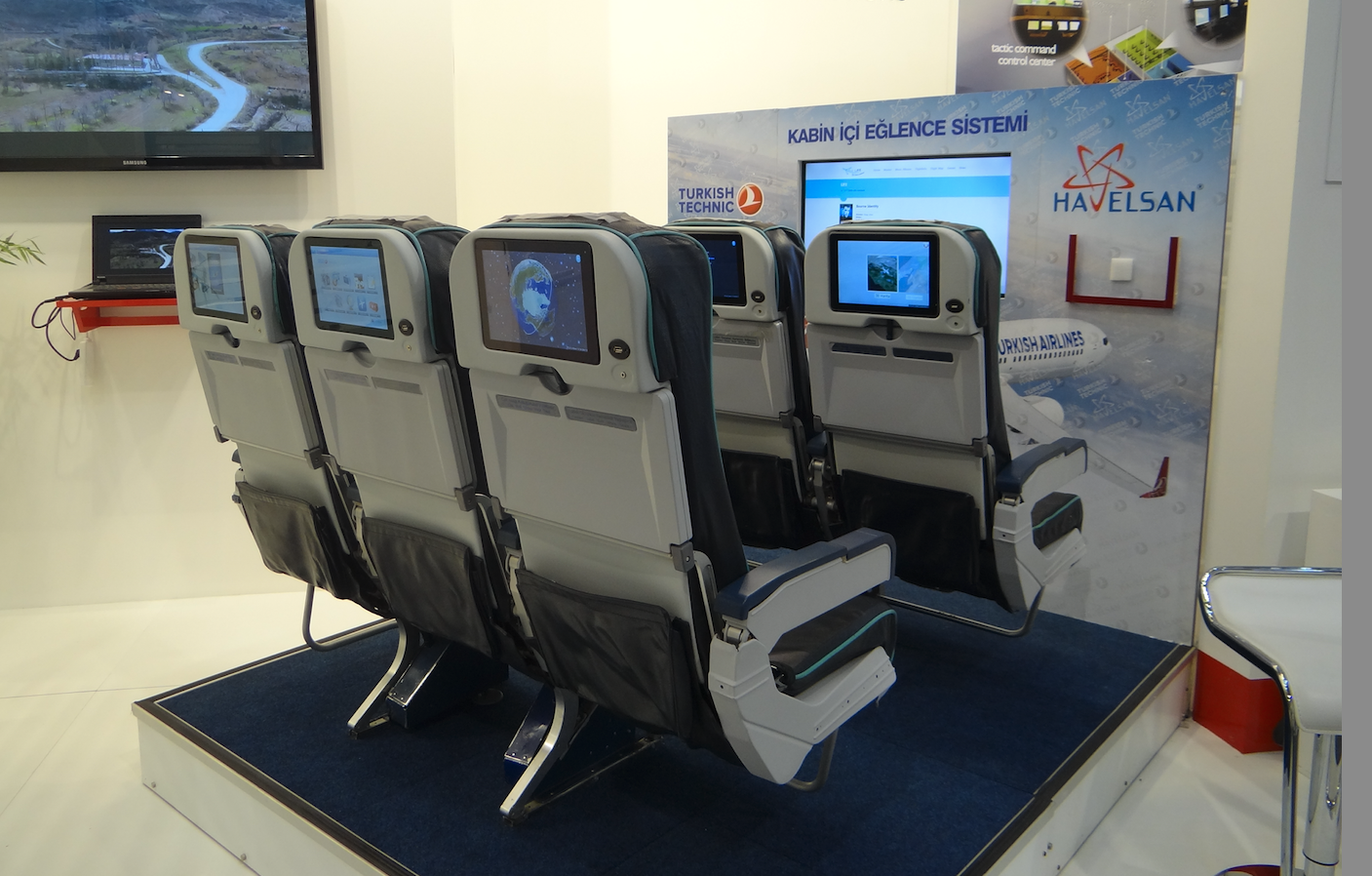Kraków 2022-10-26
Passenger on the plane.
Although all travelers are traveling in the same vehicle; by ship, train or plane, there have always been and will always be different classes. The richer ones will be able to afford the first class. The company will pay the passenger for the business class, and the rest will fly in the economy (tourist) class for their own money. The problem is that the so-called economy class passengers, who make up the majority of travelers, as a community, set minimum conditions to which they agree. We describe it below.
The main thing the passenger is interested in is a comfortable seat and as much space as possible, especially for the legs. On the other hand, airlines want to cram as many passengers as possible into the plane. We must remember that aircraft manufacturers have always cooperated with carriers, because it was in their interest to sell as many planes as possible. These three actors have to meet in one place; aircraft manufacturer, carrier and passenger.
We will start with the preferences of passengers, that is – Which seat to sit on the plane?
We need to realize this: What lines will we fly? What type of plane? What version and variant? How old is the plane? Of course, the ordinary bread eater will not be interested in these issues. Especially if it flies occasionally. Usually he is very impressed. And he will base his assessment after the flight on aesthetic impressions; cleanliness, the stewardess’s smile, after a meal, turbulence during the flight, possible delay and random acquaintances from the neighboring chair. A significant percentage of these passengers are satisfied with their flight.
However, there is a growing group of passengers that fly regularly and arrive frequently. Most of them are forced to travel and see nothing exciting or enjoyable about it. In the USA, such a group of passengers appeared in the 1960s. Most people who fly frequently and regularly hate airplanes and terminals. For them, the flight is boring, the air is too dry, the food is usually tasteless and hums unpleasantly. But the seats are the worst.
There is one more, to be reached by a small group of passengers. They are geeks like us who will not miss any opportunity to fly in any form whatsoever. Even by a cargo plane or a sailplane. But we are nuts and our opinion should not be taken into account.
For the second group of passengers, in the last 15 years, several websites have been created that help to choose a seat on the plane depending on individual preferences. On these websites, the interested person will find the distribution of seats in a specific plane, a specific line, and above all, the answer to the question; Which seats do passengers describe as the best and the worst? Although they are located in the same cabin. And so that ordinary travelers from the economy class would not be sad, this even applies to 1st class seats. All this so that our trip does not turn out to be a nightmare. Of course, these pages will not answer your question; Will we have a snoring gentleman as a neighbor or a mother with a bored child?
Passenger seats.
The armchair is our most important piece of furniture during the flight. The basic dimension of the armchair is its width. Of course, the wider the better. In the 1960s, the standard seat was 20 inches (50.80 cm) wide. Over time, in the tourist class (now economy), their width began to decrease. Currently (2022) 18 in (45.72 cm) has been reached, although there are low cost lines in East Asia, where the seat is only 16 in (40.64 cm), which is probably the lowest possible width of a passenger seat. Of course, the small physique of those nations allowed for such a width of the chair.
In 2010, research was conducted in the USA that would seem should be conducted continuously by airlines. However, this is not the case, as the results showed. In the 60’s, airplane-mounted seats were 17 in. (43.18 cm), but back then the women weighed an average of 140 pounds (63.50 kg) and the men 166 pounds (75.29 kg). In the following years, the average weight of the population increased and the seats were expanded. This was the case until the 1990s, when 18.5 in (46.99 cm) wide seats were installed on board the Boeing B.777. However, in the first decade of the 20th century, despite the intensification of international terrorism, the number of passengers transported systematically increased. The airlines, seeing a great deal, crowded the airplanes. And there has been a situation where a typical female (2010) weighs 166 pounds (75.29 kg) and a man 196 pounds (88.90 kg). But the seats are now only 16.5 in (41.92 cm).
Recall that in 2003, in North Carolina, an Air Midwest (US Airways Express) plane crashed a few seconds after take-off. 19 passengers and two crew members were killed. The commission decided that the cause of the tragedy was a mechanics’ error and … the plane was overloaded by 272 kg! The Federal Aviation Agency then checked how much the average passenger weighs. As a result, the FAA increased the average weight of a person on board from 81.7 kg to 86 kg.
Among European nations, as well as in North America, a size of 18 in. (45.72 cm) is often sub-standard. Therefore, more and more often on board planes with such narrow seats argues about the amount of space occupied. The more that mainly because of the wrong diet, more and more people are overweight and obese. Airlines recognize this problem and try to remedy it. Obese passengers are offered a second seat for half the price. If there is room on board, they will overdo the person. However, there are also scandalous situations, when a thin person is asked to leave the deck to make room for an obese person. Aircraft manufacturers offer airlines new design solutions. For example, the last row in a narrow-body aircraft equipped not with 6, but with 4 seats, much wider. But in order not to be so good, they will be without movable backs, armrests, and the upholstery will be much thinner.
Another idea is to introduce seats marked with the letter D on wider seats. They would be sold at a surcharge. Airbus already offers such seats. Airbus’s proposal of seats integrated with one wider seat for obese people. The left and center seats are 17 in (43.18 cm) and the right one is 20 in (50.80 cm). The problem is that 17 in for a normal person is not enough.
In turn, the Morph company developed (2013) combined seats with movable compartments, along with armrests. However, it should be mentioned that this solution is basically a bench with a backrest, without the possibility of tilting the backrest, and is well suited for a flight of up to 2 hours. The widest seat can have a maximum width of 22 in (55.88 cm), which is a very large width, but at the expense of the third seat, which will be only 10 in, and even a child will not sit down here.
Written by Karol Placha Hetman




